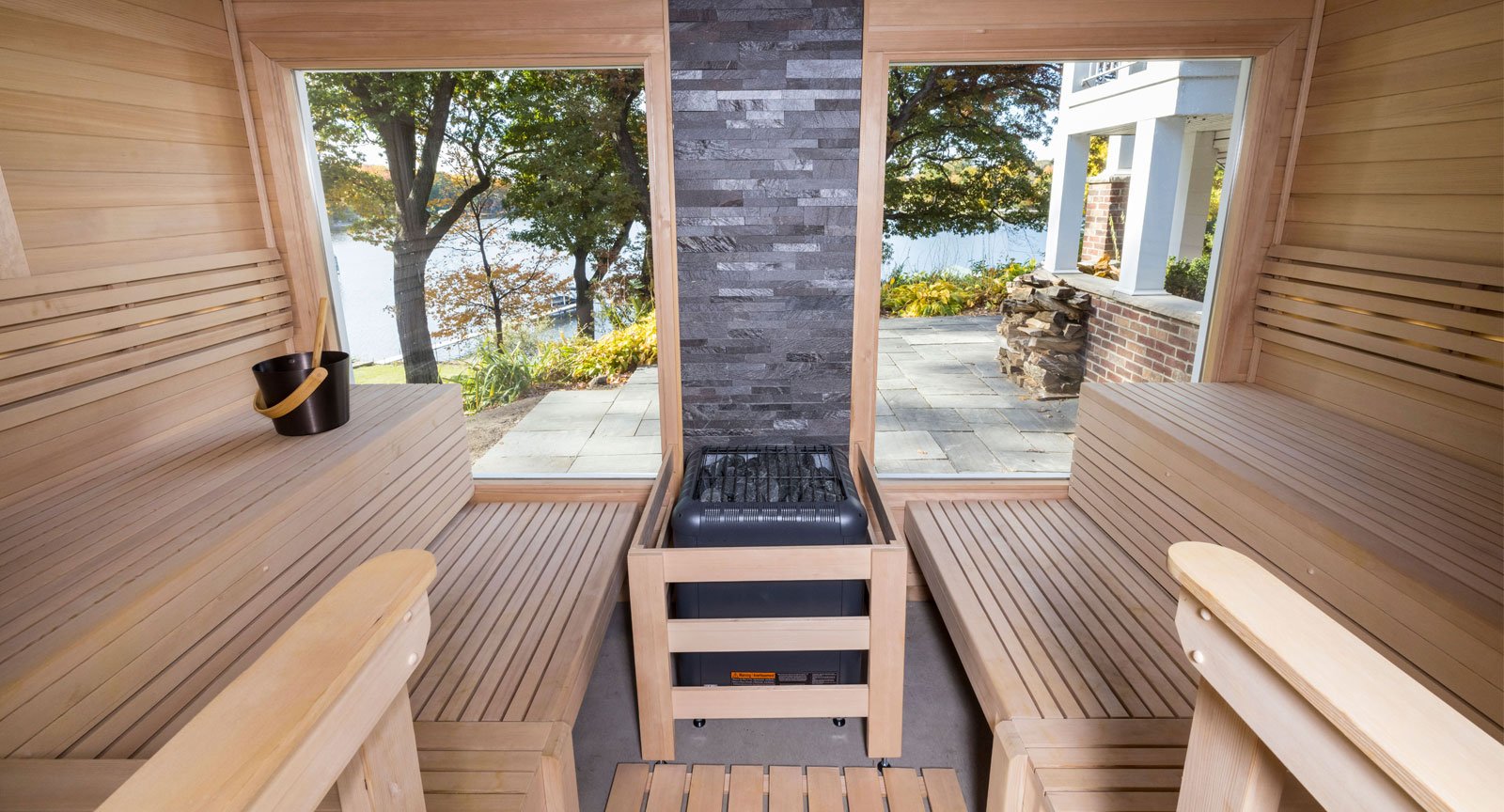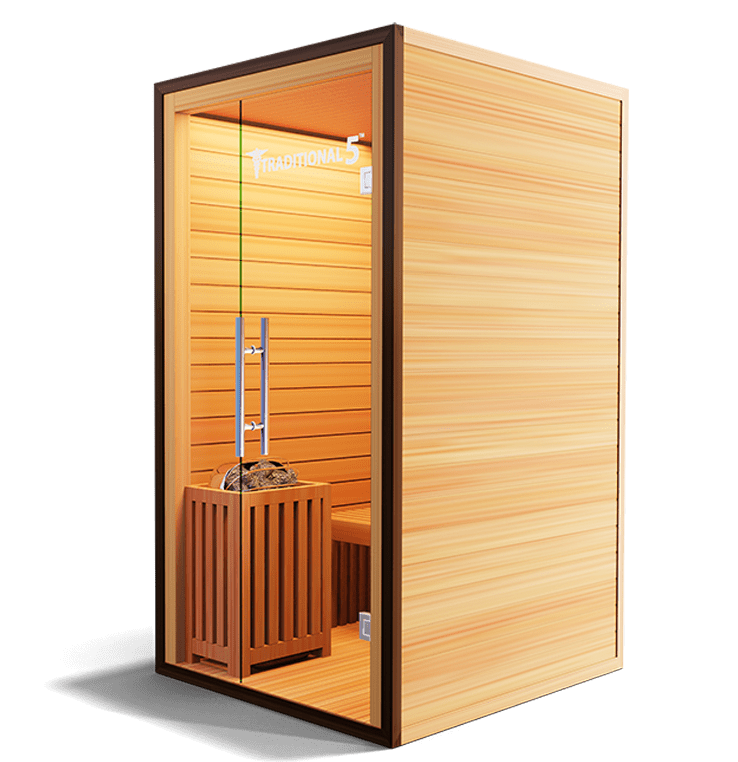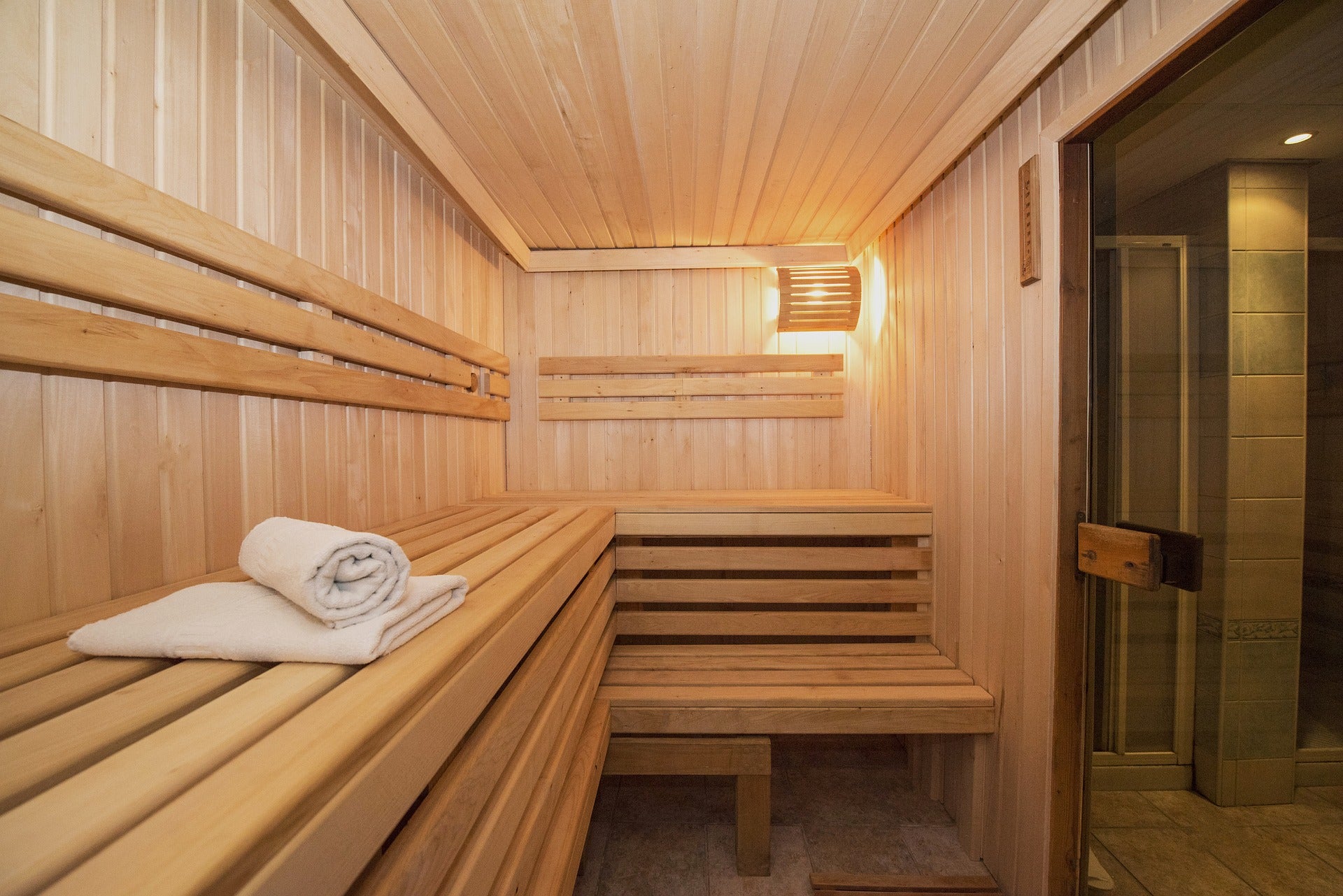What Does Traditional Sauna Mean?
What Does Traditional Sauna Mean?
Blog Article
10 Easy Facts About Traditional Sauna Described
Table of ContentsOur Traditional Sauna StatementsTraditional Sauna Things To Know Before You BuyNot known Factual Statements About Traditional Sauna 8 Simple Techniques For Traditional SaunaTraditional Sauna Fundamentals Explained
The majority of the weight lost in a sauna is water loss and is re-gained upon rehydrating. Without a question sauna can be an essential component of a healthy weight loss program. To look at the differences between traditional and IR saunas, I will divide these into verifiable, theoretical, and fabricated differences.Hence, the most popular point in the saunawhich goes to the ceiling directly above the sauna heateris normally between 185 and 190 F. Claims that a conventional sauna exceeds 200 F is just not real and not appropriate for electric saunas sold in the United States. The temperature level for a far-infrared sauna is usually set in between 120 and 140 F; however, unlike the conventional sauna, the goal in and IR space is not to achieve a high temperature level.
Since of this, the temperature difference is practically unnecessary, because excessive sweating results in both sauna types, yet the approach of heating the body is different. In an IR sauna the bather will really feel hot and will sweat profusely, yet at a lot reduced temperatures (Traditional Sauna). Hence, if the goal is to spend longer amount of times in the sauna, the IR sauna is an excellent choice
When a traditional sauna has been properly warmed, the sauna wall surfaces are warm, the air temperature has actually attained established temperature level and the rocks are extremely heated. As a fascinating side note, the heated walls and the rocks are discharging far-infrared heat, incorporated with the warmed air, to create an "enveloping warmth".
The Basic Principles Of Traditional Sauna

When the heat is achieved, the elements cycle on and off to maintain the heat. A lot of typical sauna users appreciate putting water over the rocks to develop heavy steam to raise sauna humidity degrees. The benefits of putting water over the rocks include: making the space a lot more comfortable, dampening the nasal passages, and allowing the usage of aromatherapy by blending important oils with the water.

When the energy enters the body, it creates the body temperature to raise and ultimately results in perspiration. In an infrared sauna it is necessary for the emitters/heaters to stay on almost constantly. Considering that there is no mass of rocks to keep warmth, the sauna will cool down if the emitters shut off.
As pointed out over, the sauna bather in an infrared area wishes to place himself before running emitters to get maximum advantage from the heat. The home heating time for the two areas can be extremely various, relying on just how the rooms are made use of. For a conventional sauna, a bather should permit 30-40 try these out minutes for the room to achieve a desired temperature level and to properly pre-heat the rocks.
Some Ideas on Traditional Sauna You Need To Know
A well constructed sauna will commonly attain a temperature of 150-160 F in regarding 30-40 minutes. For hotter temperatures, the area might need to warm for a longer period. Once the space accomplishes established temperature level, the heater will certainly cycle on and off, commonly running concerning 50% of the time. The protected walls and the heated rocks will certainly click maintain the space hot and at stable temperatures.

Traditional saunas have a tendency to be bigger (hence make use of more electricity) than infrared saunas, although typical saunas are absolutely offered in one and 2 person sizes too. For a two-person traditional sauna, 5x6 or 5x7 size is most popular. The top bench can pleasantly seat 2 or 3 people and is additionally long sufficient to relax during the sauna session.
The 3-Minute Rule for Traditional Sauna
The ordinary price per kWH of electricity in the united state is about $0.11, so a 4.5 kW heater will cost about $.50 to compete one hour, if the heating unit runs continually for one hour. Generally a sauna heating unit will run for 75% of the initial hour and 50% of subsequent hours on because the aspects cycle once the set temperature level is achieved.

Lastly, there is a hardly ever gone over difference in the social experience click to read in between both areas. While our culture has actually lost several of the social benefit of the conventional sauna experience, it can be really socially satisfying (Traditional Sauna). From family time in the sauna, to heart-felt conversations with better halves, to sauna partiesthe traditional sauna experience can result in intimate interacting socially
What Does Traditional Sauna Do?
The majority of higher end infrared areas consist of tinted light treatment, audio systems and full-glass fronts.
Report this page